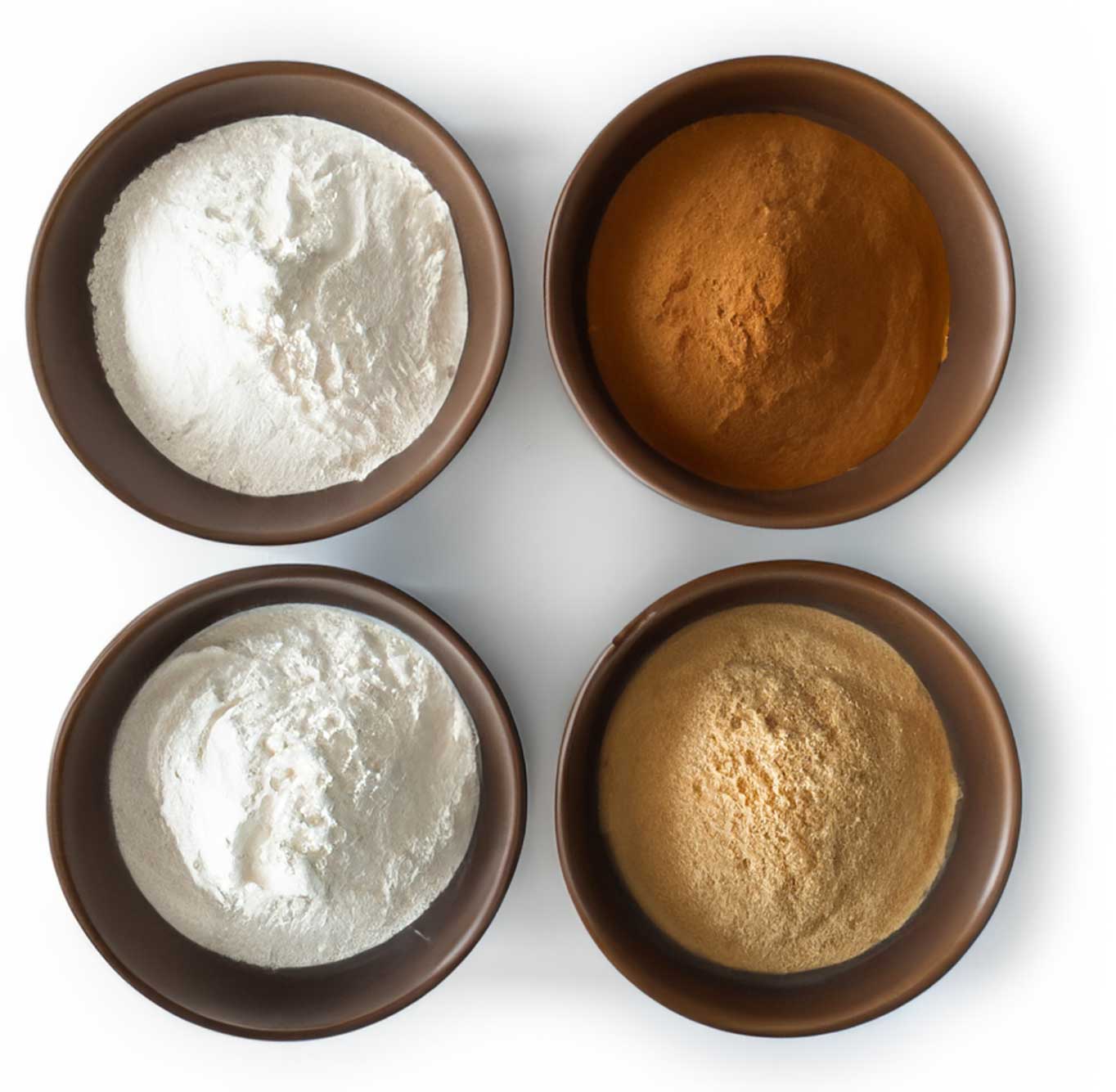
Wheat Classifications
Wheat is classified according to growing habits of the plant, color of the wheat kernel, and texture of the ripened grain. Each one of the two hundred varieties of wheat grown in the North America is divided into classes according to these three distinguishing features.
Winter Wheat:
In areas of milder climate, such as the Middle Great Plains, wheat is planted in the fall. The seeds root; shoots and leaves emerge. The wheat farmer may turn his cattle out to graze on the green fields of what is known as the vegetative stage of winter wheat. In the spring, the wheat plants, which have been dormant during the winter, begin to grow again to reach maturity in June and July.
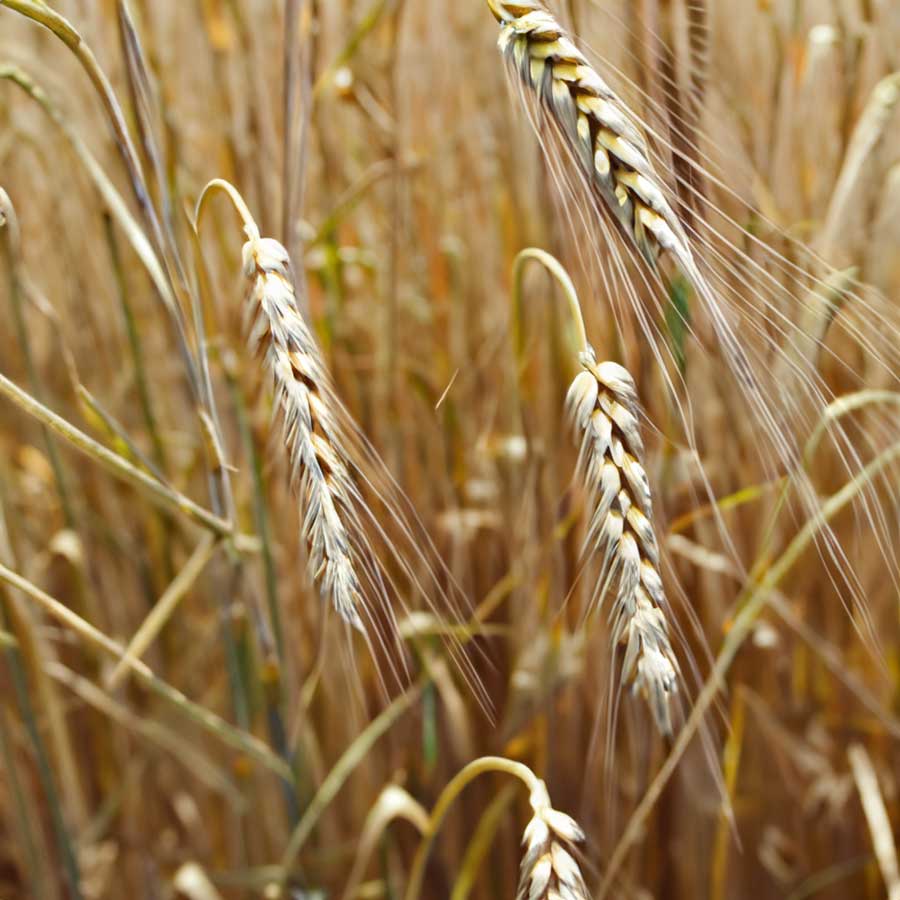
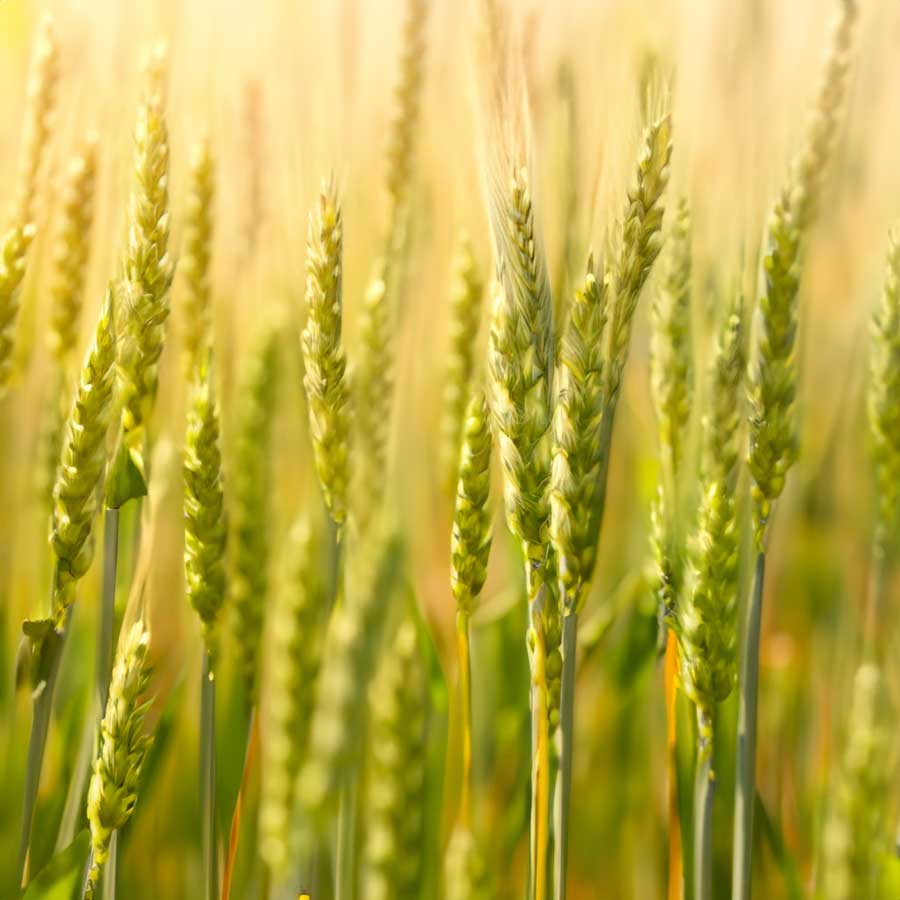
Spring Wheat:
Farther north and in Canada sever winter cold frequently kills plants started in the fall of the year. So fields are seeded in the spring after the threat of frost is over and the ground is dry enough to work. Such wheat is called spring wheat.
There are distinct spring and winter types of wheat. True winter wheat will not yield a crop if planted in the spring. True spring wheats will not survive in the average winters of such states as Kansas and Nebraska, when planted in the fall.
Red, White:
Red and white wheat are two common varieties of wheat cultivated worldwide for their versatile culinary and nutritional properties. Red wheat, with its robust flavor and slightly higher protein content, is often preferred for bread-making due to its excellent gluten-forming ability. Its reddish bran color gives baked goods a slightly darker hue. On the other hand, white wheat has a milder taste and a lighter bran color, making it well-suited for pastries, cakes, and other delicate baked goods. Both varieties offer essential nutrients like dietary fiber, vitamins, and minerals, contributing to a well-rounded and nutritious diet. The choice between red and white wheat depends on the desired outcome in various culinary applications.
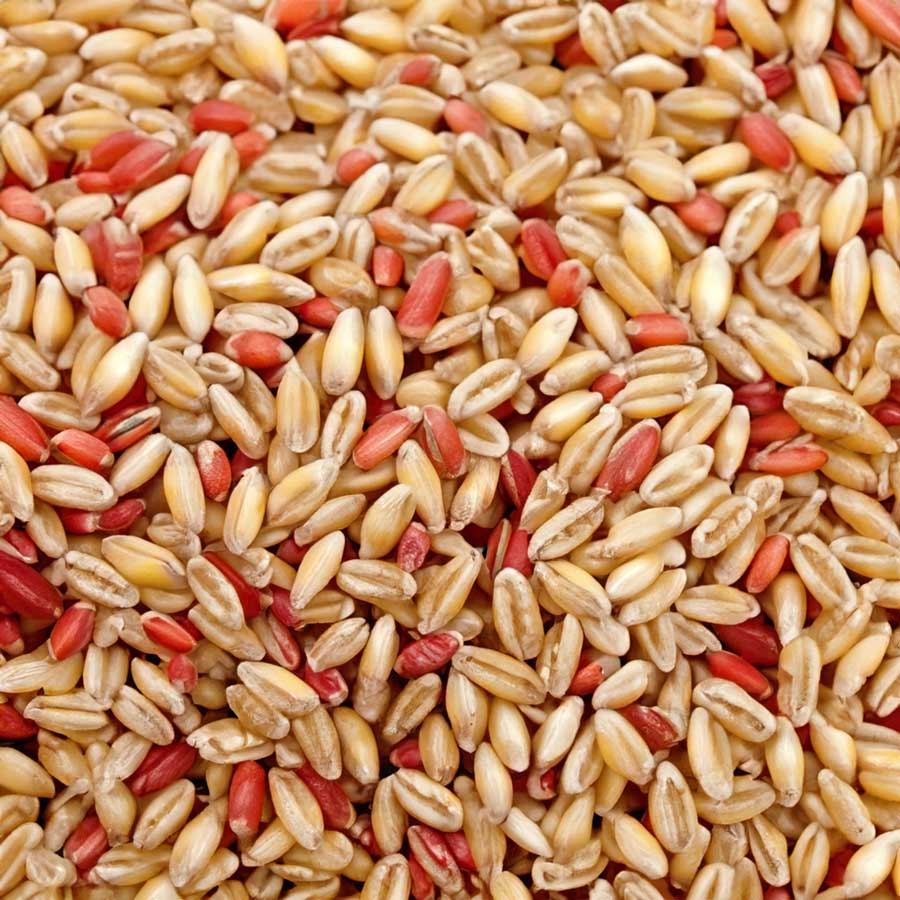
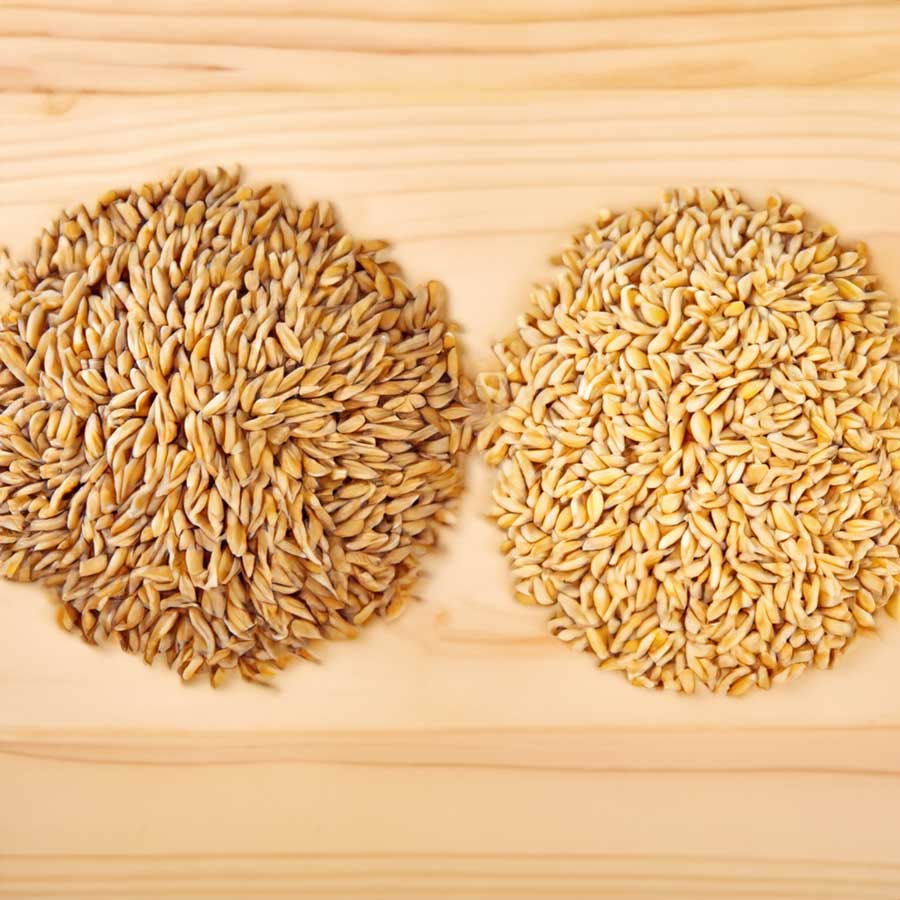
Hard, Soft:
Hard and soft wheat are two primary classifications of wheat that differ in their protein content, texture, and usage. Hard wheat contains higher protein levels, specifically gluten, which contributes to its strong and elastic dough formation. This makes hard wheat ideal for bread-making, as it produces a desirable rise and structure in baked goods. Soft wheat, on the other hand, has lower protein content and a finer texture, resulting in more tender baked products like cakes, pastries, and biscuits. Due to its reduced gluten content, soft wheat flour is less suitable for bread-making but excels in creating delicate and crumbly textures. The choice between hard and soft wheat depends on the desired outcome in various culinary applications, emphasizing either the strength or tenderness of the final product.
Types of Flour
All Purpose:
Developed for the home baker. A general all-purpose flour useful for cookies, muffins, rolls and some breads. The flour is usually made out of hard red winter wheat and/or soft winter wheat. The flour is usually bleached, malted and enriched. Typically this flour contains a protein level between 9.0% to 11.0%.
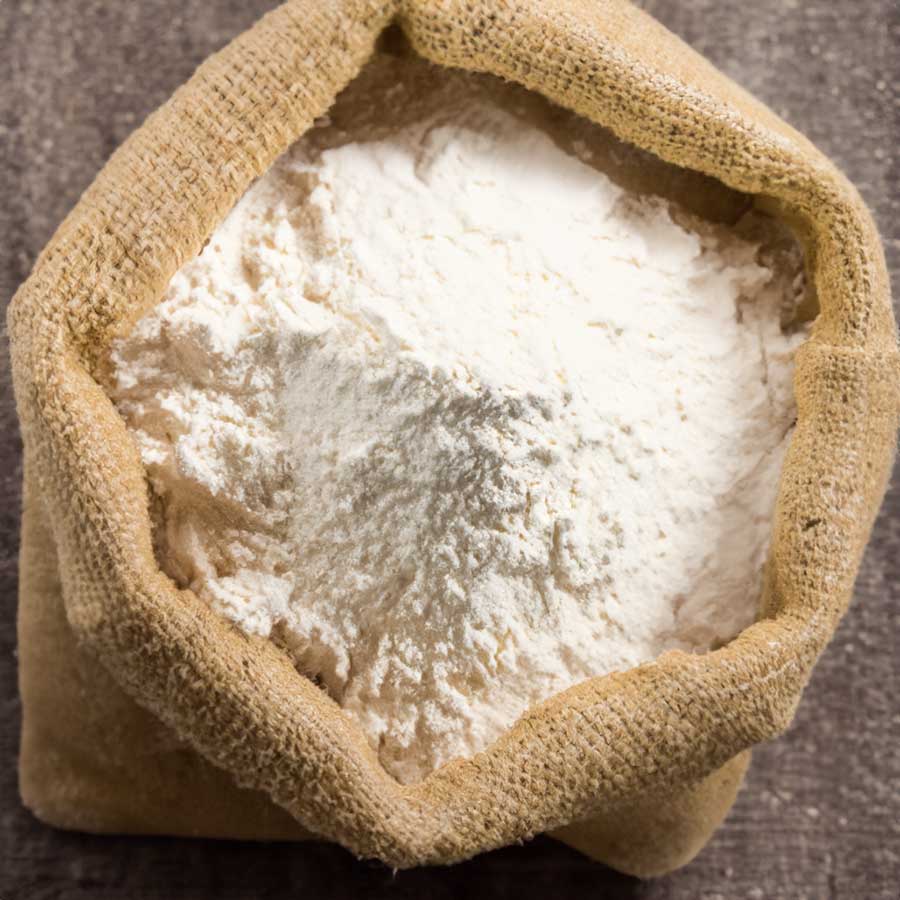
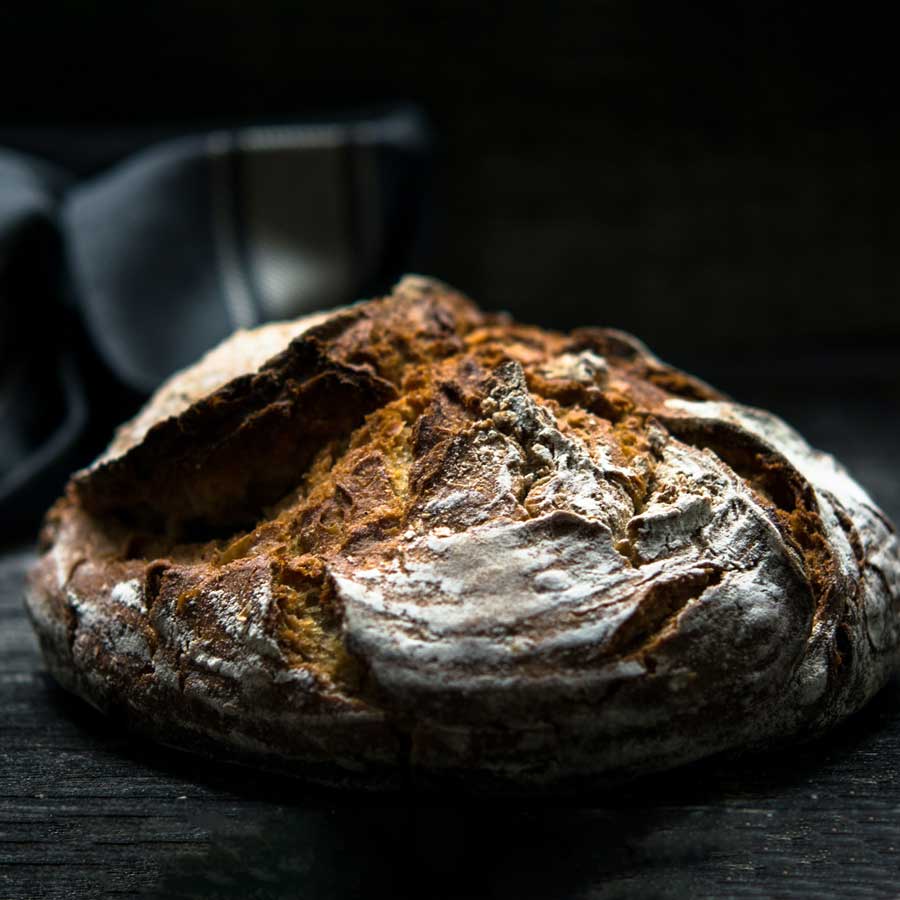
Bread Flour:
A flour that typically has a higher protein content than all-purpose flour capable of producing breads and rolls of excellent quality. The flour is usually made with a greater percentage of hard red winter or hard red spring wheat which have higher gluten content giving the bread dough the elastic quality necessary for greater product volume. Protein levels vary from 10.5%-12.0%. The flour is usually malted, enriched and can be unbleached or bleached. Common applications include breads, pizza crusts and specialty baked goods.
High Gluten Flour:
The highest gluten content of all of the wheat flours used for baking. This flour comes from Hard Winter or Spring Wheat, and has a gluten content from 12-13%. This flour is used for dough needing extra strength and elasticity such as pizza, focaccia, mullet-grain breads and Kaiser rolls.


Whole Wheat Flour:
Whole wheat flour (also called graham flour) is flour milled form the whole grain, it contains all of the bran and germ from the wheat berry. Most whole wheat are made out a hard red wheat, but hard white wheat (a white wheat berry is “whiter in appearance” than a red wheat berry) is gaining in popularity due to its lighter appearance and naturally sweeter taste. It is used for breads, rolls and some pastries. Because it contains the germ and bran, it retains vital nutrients. It needs to be used fresh, and stored properly as it gets rancid quickly due to the high fat content from the wheat germ. Typical protein levels range from 11.5%-14.0% and most whole wheat flours are enriched.
Self Rising Flour:
Self-rising flour is typically all-purpose flour (flour made from hard red winter or soft red winter wheat) blended with baking soda and salt. The flour is predominantly used for scratch biscuits, pancakes and cookies. Protein levels run from 9.5%-11.5% and the flour is enriched. This type of flour cannot have a very high protein level other wise baked end-products will not have a light and fluffy texture and will not “relax” during the baking or cooking process.


Cake Flour:
Usually bleached, and of soft texture and smooth feel. It is milled from soft winter wheat. It has a low protein or gluten content, and produces cakes with a tender crumb. Protein content is typically 8.5%-10% and the flour is enriched.
Pastry Flour:
This flour can be bleached or unbleached. Used for cookies and pastries. It too comes from soft winter wheat, and is very starchy. It has a low protein content, and produces pies and pastries with a flaky or tender consistency. Protein content is typically 8.5%-10% and the flour is enriched.

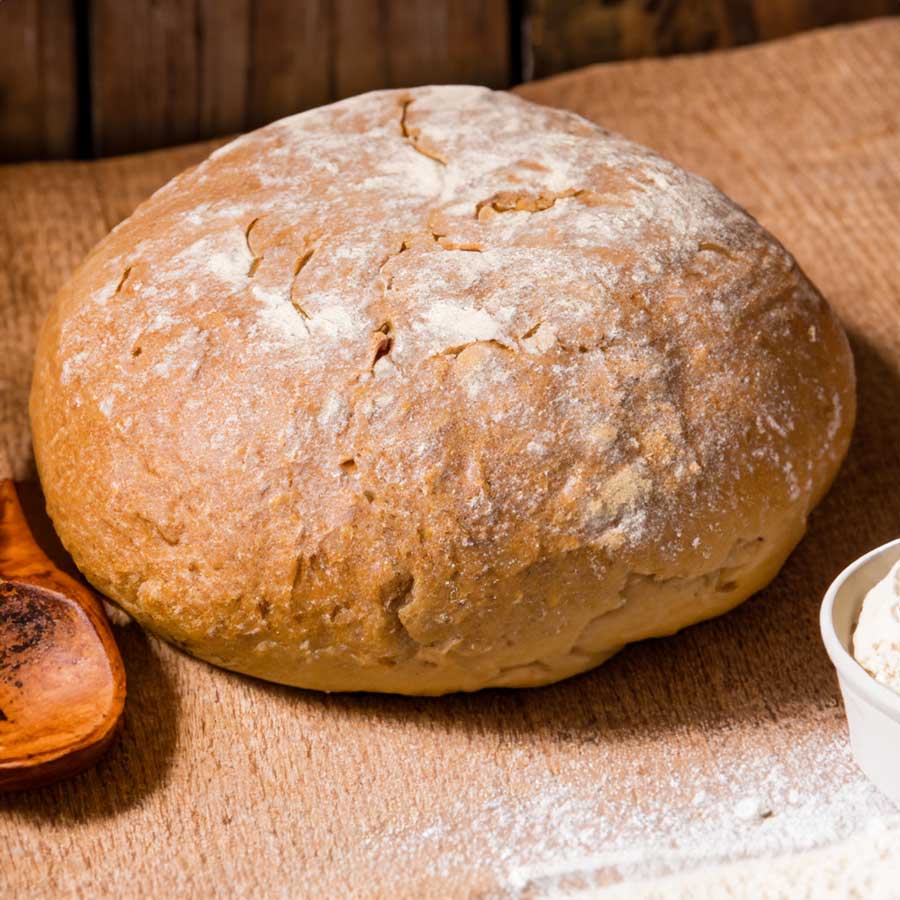
Vital Wheat Gluten:
Flour milled from the pure gluten derived from washing the wheat flour to remove the starch. The gluten that remains is dried, ground into a powder and used to strengthen flours lacking in gluten, such as rye or other non-wheat flours.
Other types of Flours: Non-Wheat
Rye Flour:
Flour ground from the cereal grass grain rye (Gramineae). It is grown in the northern part of the United States, Canada, Eastern Europe and Russia. It has a very low gluten content (less than 2%) and is usually blended with wheat flour to produce a lighter loaf. In artisan baking, rye flour is fermented and makes very acceptable loaves. The flat breads of Scandinavia are produced from rye flours.
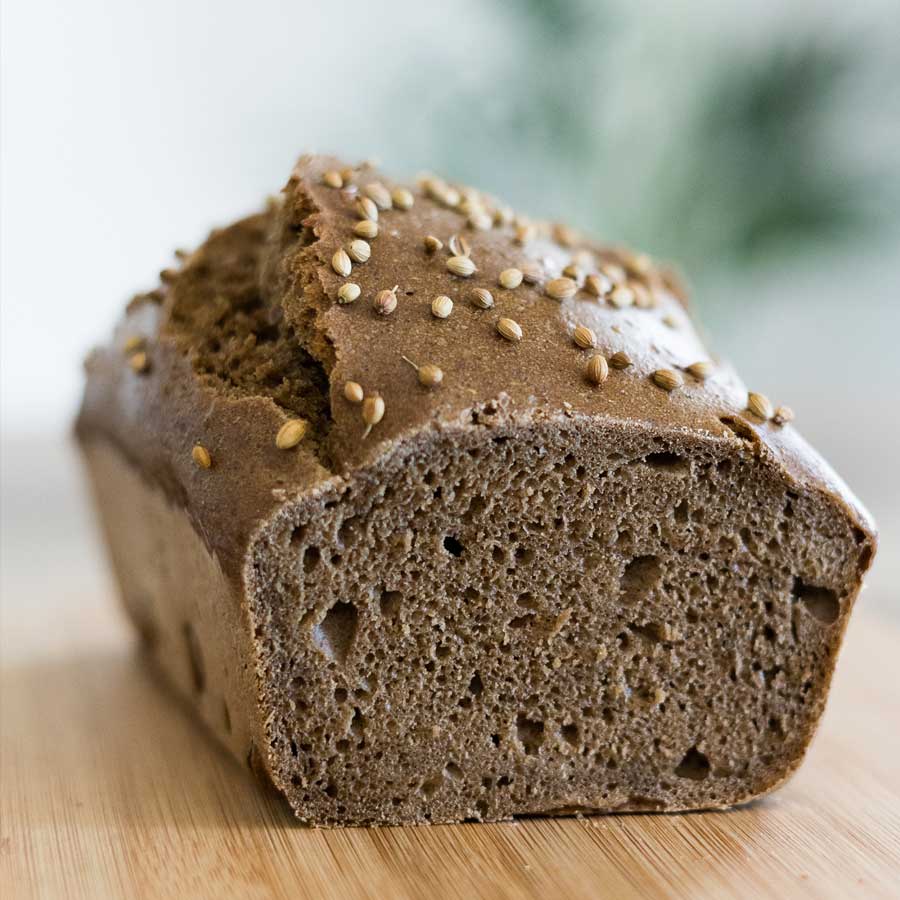
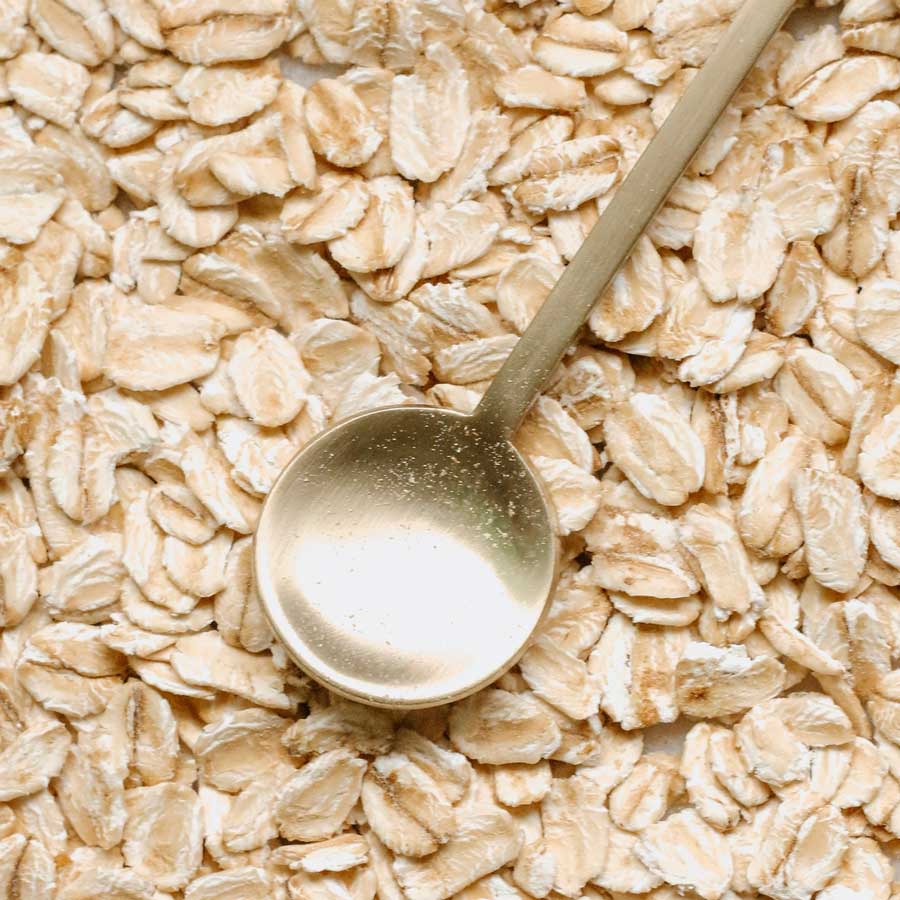
Oat Flour:
Flour ground from another cereal grass (Gramineae). It is used in combination with wheat flours to produce tasty breads with excellent keeping qualities, and the bran from oat flour has been found to lower cholesterol.
Soy Flour:
Flour derived from the soybean seeds (Leguminosae). Soy flour has very little starch, but is extremely high in protein.It is considered a complete protein for the human diet. It is used only as supplement to breads to increase the nutritional protein as it is low in gluten.
